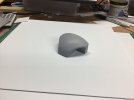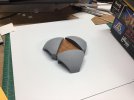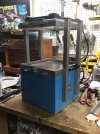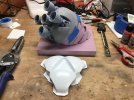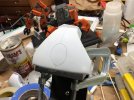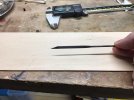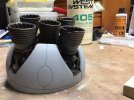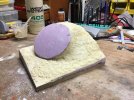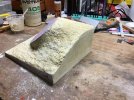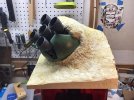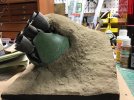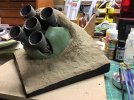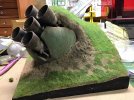Photon
Active Member
- Joined
- Feb 26, 2020
- Messages
- 41
The inspiration for this vignette came from this sketch by concept artist, Guy Warley.
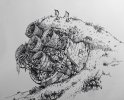
I originally planned to have the figures to be backpackers or maybe having a picnic, unaware they were sitting upon the site of an ancient extraterrestrial ruin. I also thought it would be funny to have one of the figures have a metal detector, but I've been unable, as yet, to find an HO scale detectorist figure.
The ship hull was printed in polystyrene. I made the ship a bit more organic than the one in the drawing, as I thought it would look cool if the engines were nestled in recesses. After some minor body work with sandpaper and Tamiya putty:

The engines themselves were designed in the free version of Fusion 360 cad software and printed. I also added some kit part details between the engines, but I think this will be largely invisible in the finished piece.

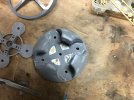
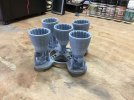
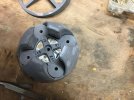

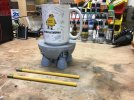
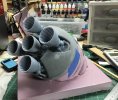
Here are things mocked up. I bulked out the ship with some styrene insulation. I think the overall base will need to be slightly bigger, but overall I'm pleased with how it's turning out.

I originally planned to have the figures to be backpackers or maybe having a picnic, unaware they were sitting upon the site of an ancient extraterrestrial ruin. I also thought it would be funny to have one of the figures have a metal detector, but I've been unable, as yet, to find an HO scale detectorist figure.
The ship hull was printed in polystyrene. I made the ship a bit more organic than the one in the drawing, as I thought it would look cool if the engines were nestled in recesses. After some minor body work with sandpaper and Tamiya putty:

The engines themselves were designed in the free version of Fusion 360 cad software and printed. I also added some kit part details between the engines, but I think this will be largely invisible in the finished piece.







Here are things mocked up. I bulked out the ship with some styrene insulation. I think the overall base will need to be slightly bigger, but overall I'm pleased with how it's turning out.

